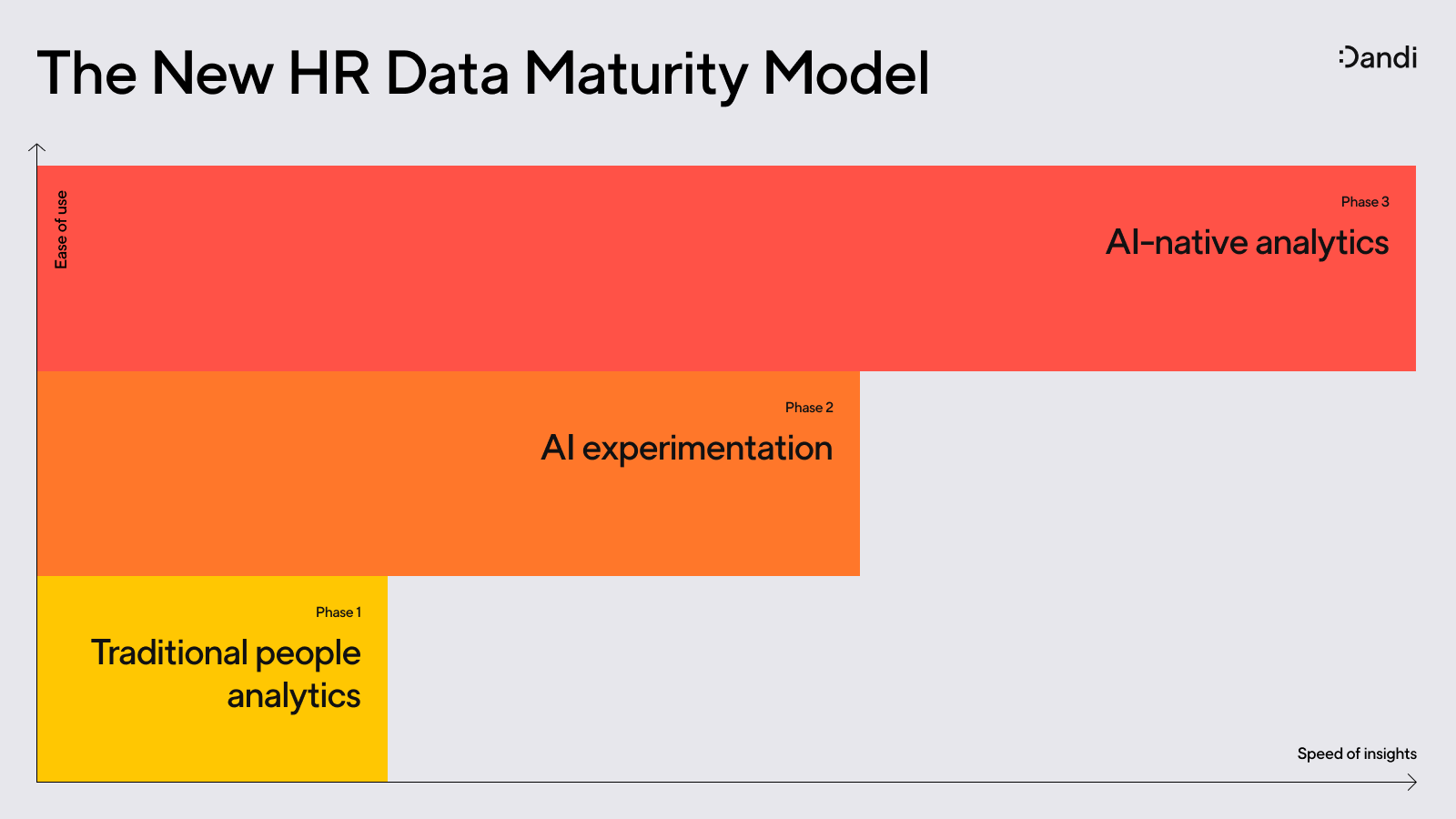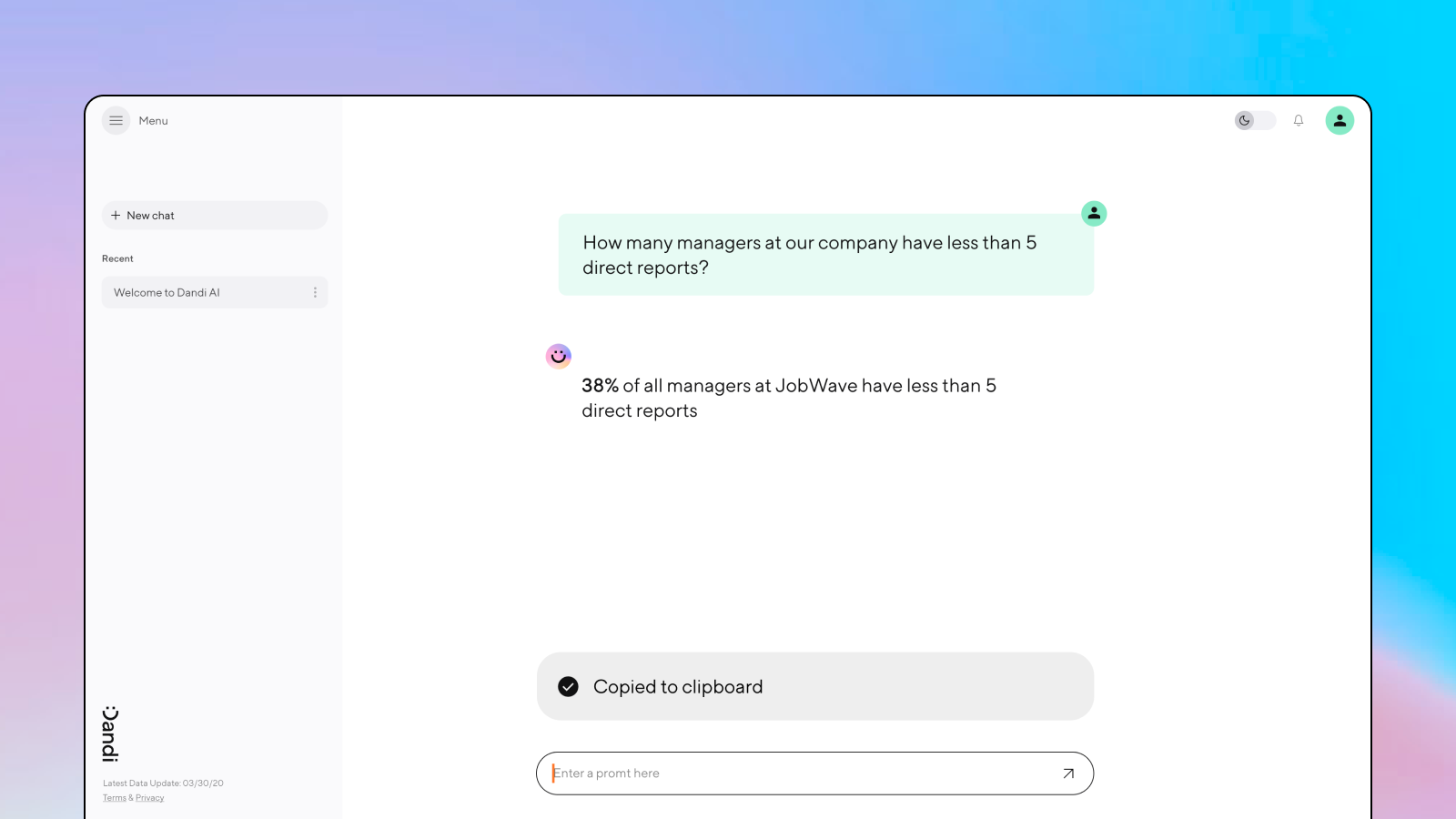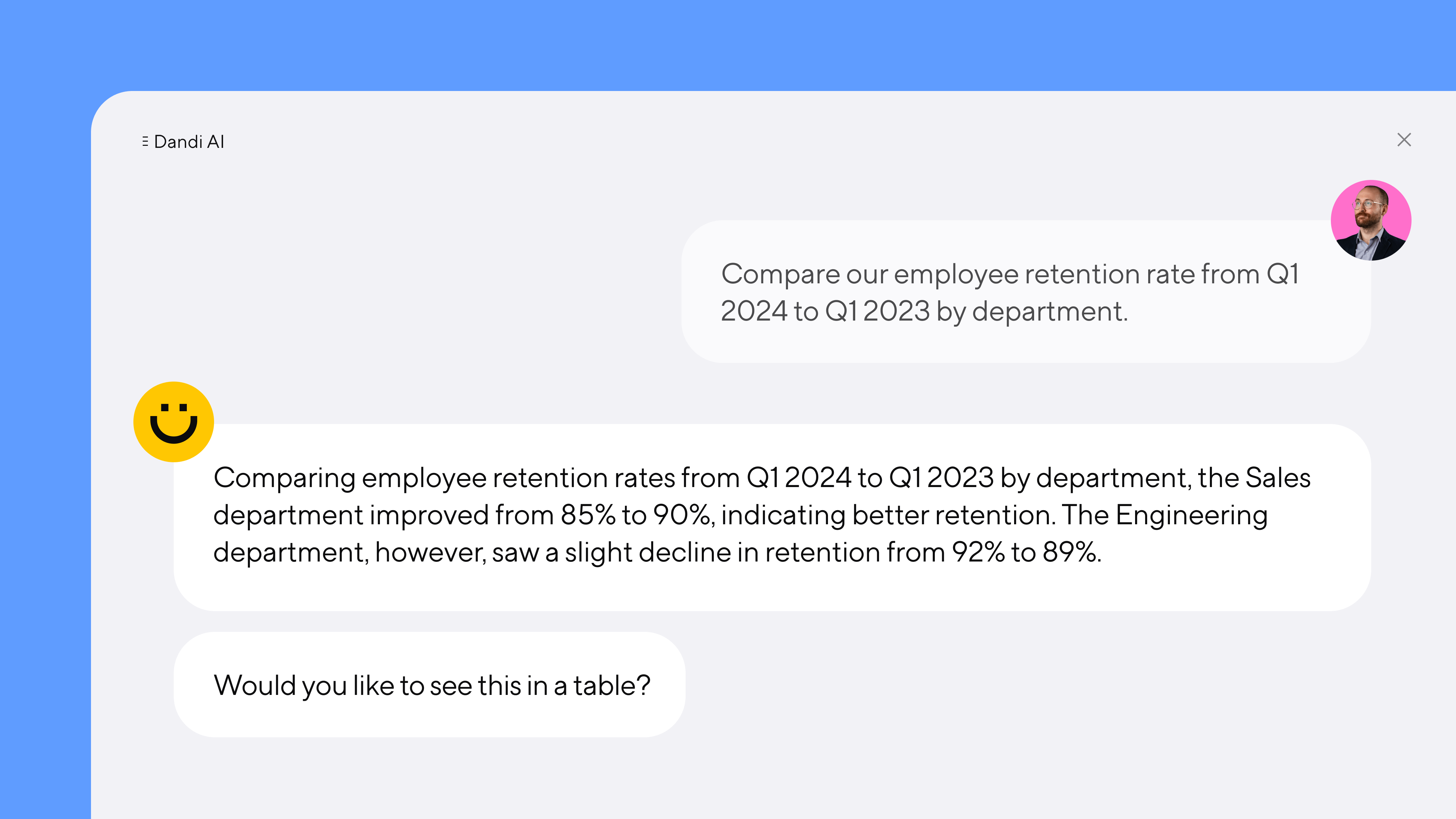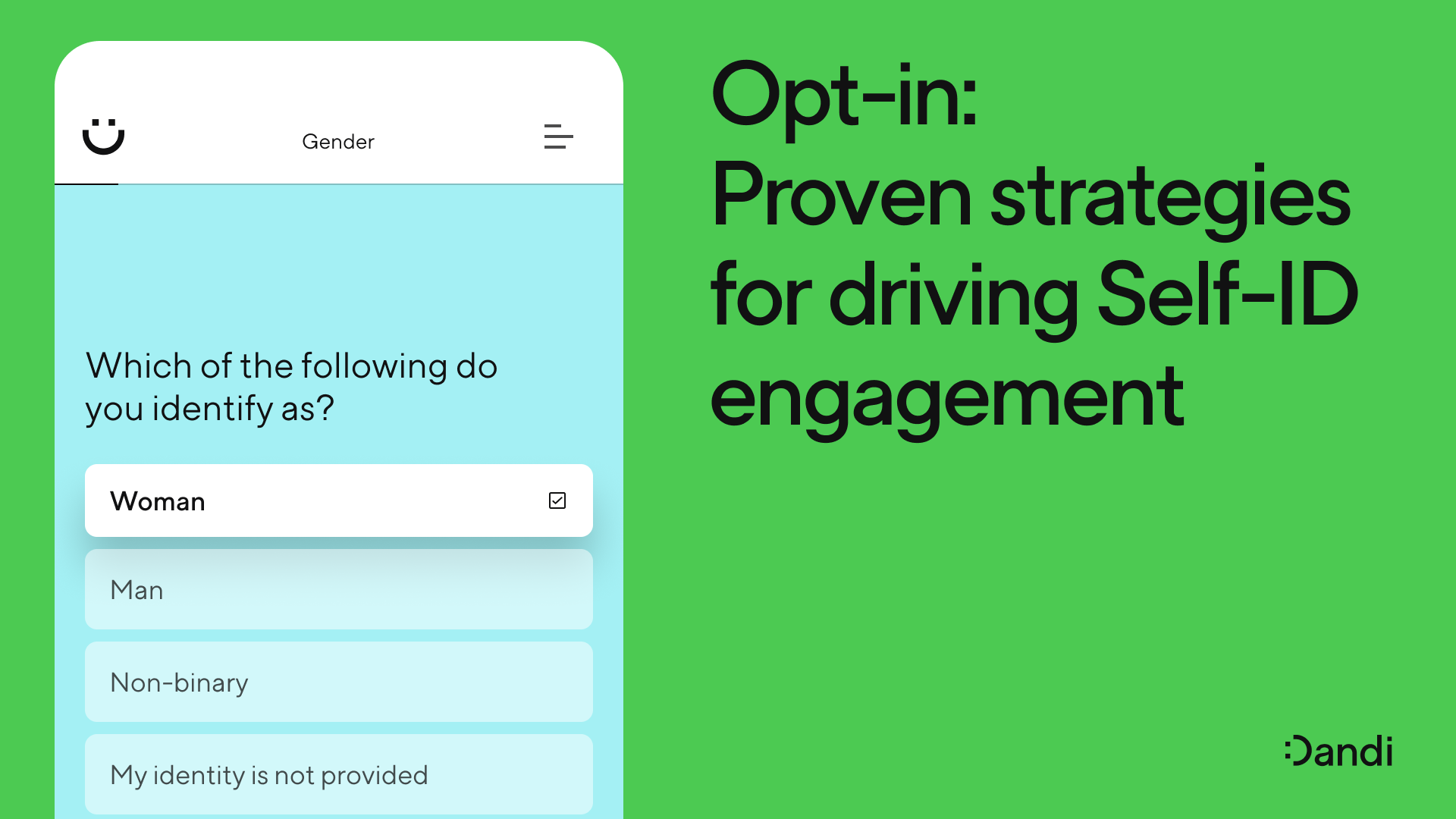Attrition is your business case for DEI. Here’s why.

Camille Hogg, PhD – Nov 8th, 2022
Attrition costs businesses trillions every year. A data-driven DEI program can address the problem at its core—and drive better employee experiences.
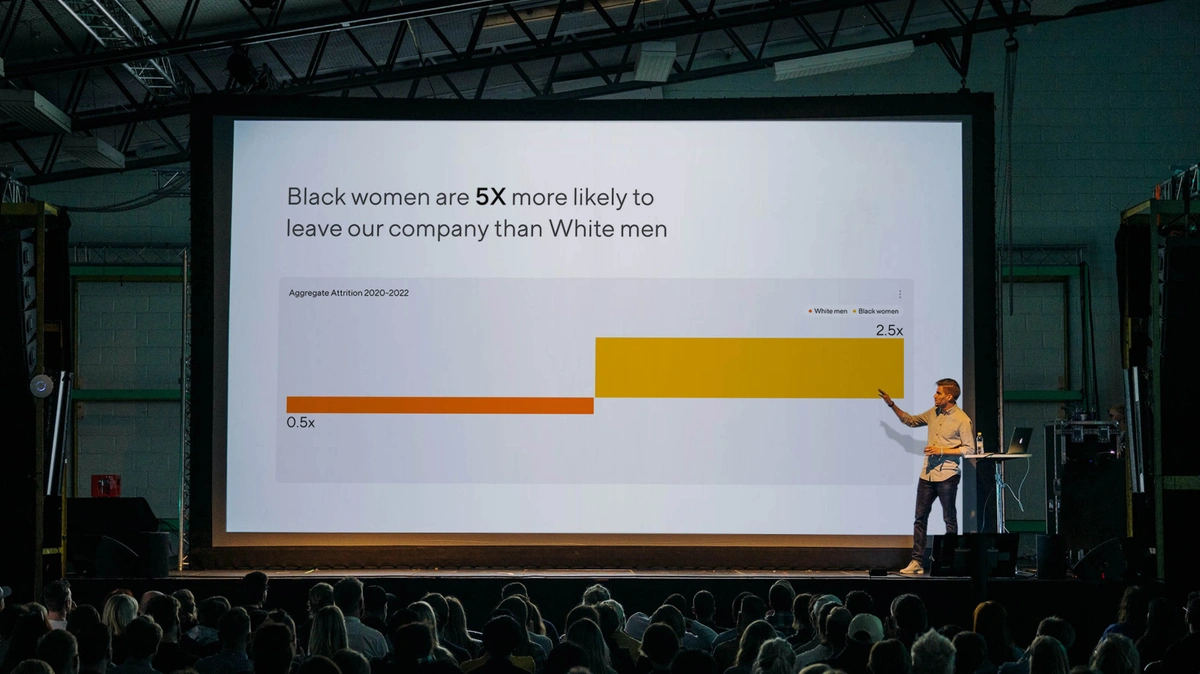
Bias is a key driver of unwanted employee attrition.
At this point, nobody needs a recap of how challenging the last couple of years have been. We’ve all felt it. We’re all living through it.
And as a recession looms, organizations are trying to figure out how to stay afloat—and, crucially, how to find a new path forward.
They’re scrutinizing budgets and data to identify where they can make the most effective cuts while responding to near-term needs. And it’s often the longer-term commitments, where success is defined differently, that don’t make the cut—like diversity, equity and inclusion (DEI) initiatives.
Organizations know they need DEI to be successful long-term, but most don’t know what DEI success looks like, or how to measure its impact. Goals can often feel fuzzy, and a long way off. The path to belonging and inclusion doesn’t always follow an upward trend—and it doesn’t always translate neatly into a number.
But one way we can quantify and track DEI success is by measuring employee attrition. When organizations take a data-driven approach to who leaves and why, they can diagnose the root causes of their turnover, and identify the segments in their employee population where inclusion isn’t working.
Reframing attrition as the business case for DEI
We all keep telling the same story on DEI.
We know it makes our organizations more productive, profitable, and innovative. But nobody should be investing in DEI just for its return on investment. The business case is a by-product of building more diverse, equitable, and inclusive organizations—but it’s not the central principle that drives organizations forward.
If organizations really want to track the ROI of their DEI strategy, it’s far more insightful to track how it directly impacts their employees. One of the best ways to track that is by measuring who stays—and who leaves.
Best estimates put the cost of replacing an employee departure at 1 to 2.5x their salary. Viewed at scale, the cost becomes staggering. Attrition costs organizations trillions of dollars each year. Turnover at Amazon cost the organization $8 billion in 2021—almost a quarter of its net profit.
- A 2022 academic study found that workgroups with high levels of inclusion experience increased job satisfaction
- A 2019 study found that organizations that visibly support DEI through policies and practices experience increased organizational commitment
- Harvard Business Review reported that organizations with high levels of belonging experience a 50% drop in turnover risk
When employees feel that their organization is a safe place to show up as themselves, they’re more likely to stay. But when they feel unwelcome or excluded, they’ll quit.
And when underrepresented employees leave, it impacts everyone. Decreased representation makes it harder to recruit and retain your existing workforce. Culture and employee experience are eroded, meaning psychological safety and belonging take a hit. And when belonging drops, more people leave.
Identifying the root causes of attrition, with data
Attrition is your strongest indicator that inclusion isn’t working. While few organizations will end up with costs on the scale of Amazon, it’s still a preventable loss for everyone.
But viewing attrition in isolation only tells us it’s expensive, and doesn’t give us information on why people leave in the first place. And attrition is only preventable when we connect it to the wider employee experience.
Attrition is only preventable when you connect it to the wider employee experience.
Research shows us that employees from underrepresented groups are most likely to be under-rewarded at every level. Promotion and career progression structures have historically favored White employees. Lack of promotion and feeling under-rewarded means employees experience lower job satisfaction. And when employees don’t feel happy and motivated at work, it has a direct impact on their likelihood of quitting.
Connecting attrition data to factors like pay, promotion, and job satisfaction makes it easier to identify inequities and differing experiences. It enables organizations to identify who is having those experiences across dimensions of diversity like race, gender, and ethnicity, and across organizational structures, like job level, office location, or department.
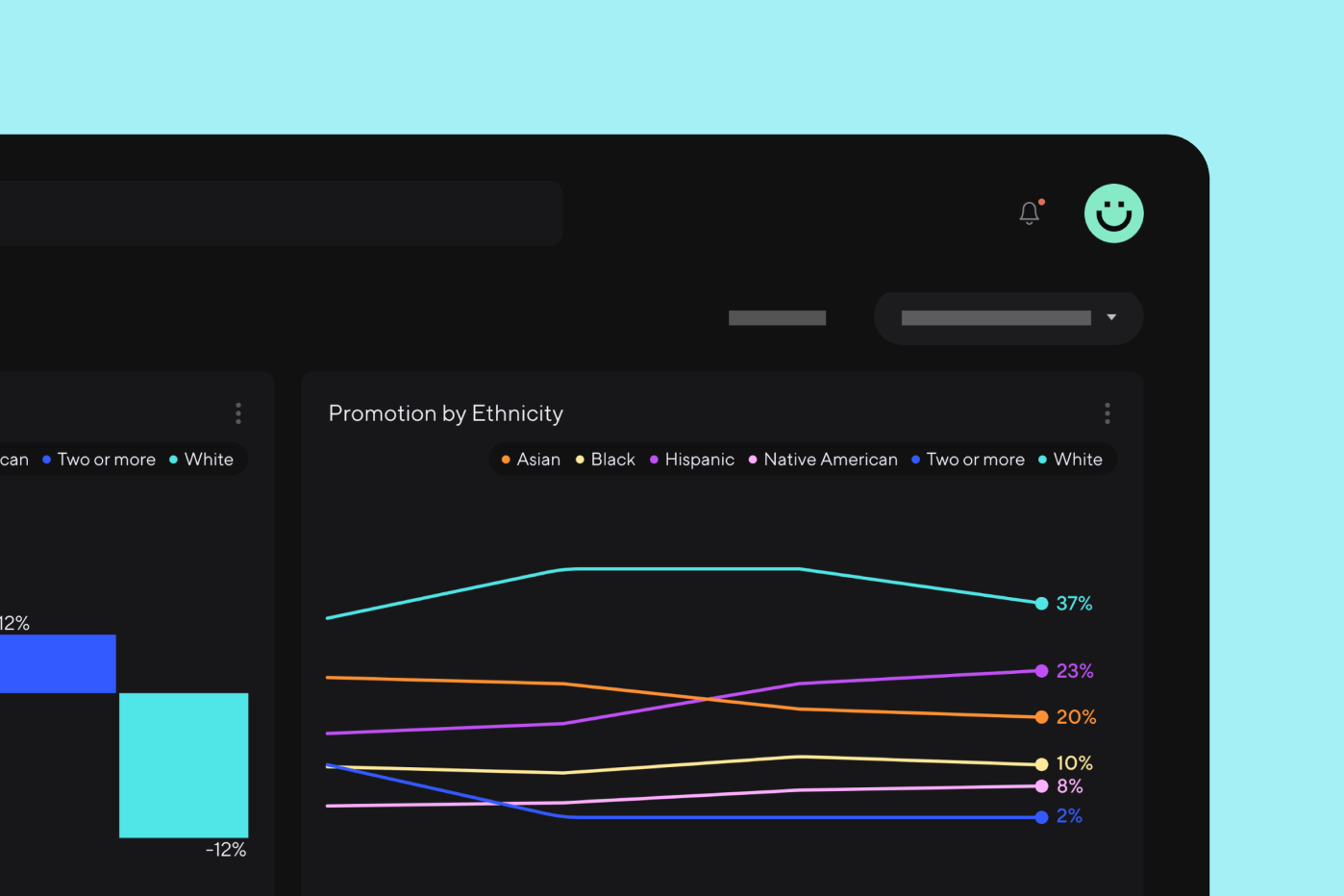
Measuring attrition, understanding how it connects to your employee experience, and acting on issues before they turn into turnover means organizations need access to real-time data. You can’t get an accurate picture of how things are today by looking at the past.
With real-time data, organizations can identify who’s being paid fairly—and who isn’t. It means they can see which employee populations get disproportionately passed over for promotion, and which segments of their workforce are feeling unhappy at work.
Critically, it means they can identify when inclusion isn’t working, identify structural issues across their employee lifecycle, and act to implement impactful changes across the whole organization based on data they’re seeing now, not six months ago.
But it’s important to remember that instant insights don’t equate to instant change. Belonging is unlikely to skyrocket overnight. A pay bump for under-rewarded populations won’t increase employee happiness as soon as the check cashes. Deeply embedded behaviors and processes take time to unwind.
Building an inclusive, equitable company is never a linear or finite process, and as organizations use their DEI data to identify issues and make changes, it’s critical to measure the success of any new initiatives over the longer term. Continuous measurement means you can make continuous improvements, and adjust strategy as your organization evolves.
Instant insights don't equate to instant change. It takes time to unwind behaviors and processes.
Measuring what matters to prove ROI on DEI
As our understanding of DEI at work continues to expand, reshaping the narrative for DEI “success” means rethinking how organizations use their data. It means refocusing the lens from profit and productivity to the employee experience, and factoring in the many different ways that the structures and processes we create might unintentionally foster exclusion.
Most importantly, it means being willing to make changes, make mistakes, and try again. That shift isn’t going to happen overnight—but thoughtful, data-driven tooling is essential to enabling this culture shift at an internal level.
And luckily, this is where Dandi can help.
Dandi’s powerful DEI analytics platform enables you to track your organization’s most important DEI metrics in real time, including attrition, compensation, and professional development. Dandi accelerates time-to-insights and helps organizations scale their DEI efforts with minimal time or people investment—meaning you can spend less time analyzing, and more time acting.
Book a demo to learn more.
More from the blog
Announcing more powerful Dandi data visualizations
Team Dandi - Oct 23rd, 2024
The New Maturity Model for HR Data
Catherine Tansey - Sep 5th, 2024
Buyer’s Guide: AI for HR Data
Catherine Tansey - Jul 24th, 2024
Powerful people insights, 3X faster
Team Dandi - Jun 18th, 2024
Dandi Insights: In-Person vs. Remote
Catherine Tansey - Jun 10th, 2024
Introducing Dandi AI for HR Data
Team Dandi - May 22nd, 2024
5 essential talent and development dashboards
Catherine Tansey - May 1st, 2024
The people data compliance checklist
Catherine Tansey - Apr 17th, 2024
5 essential EX dashboards
Catherine Tansey - Apr 10th, 2024
Proven strategies for boosting engagement in self-ID campaigns
Catherine Tansey - Mar 27th, 2024

